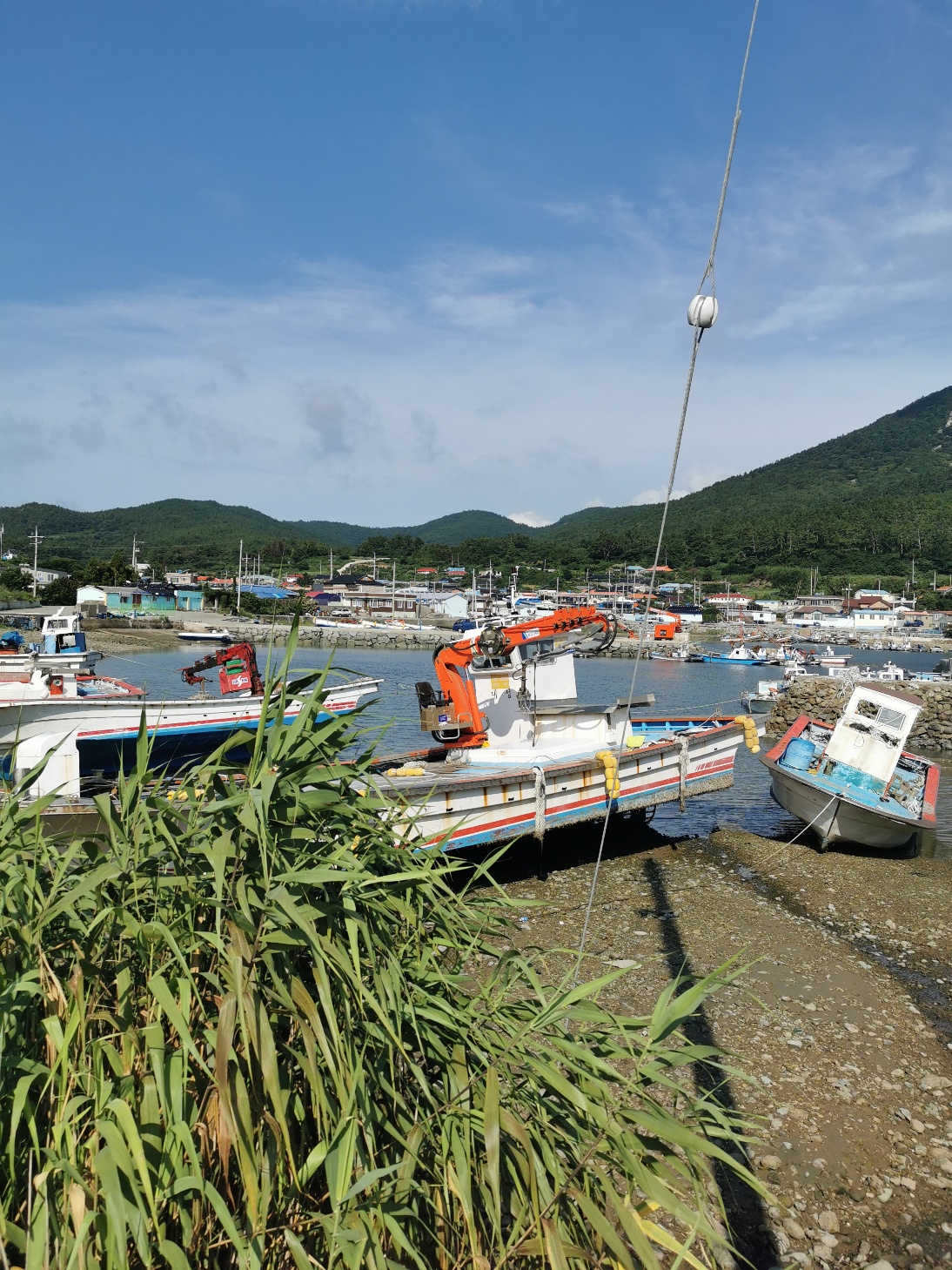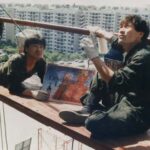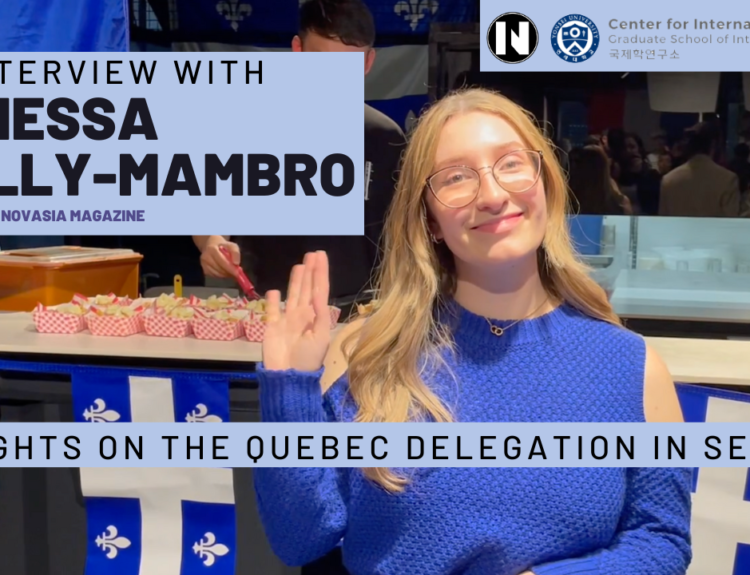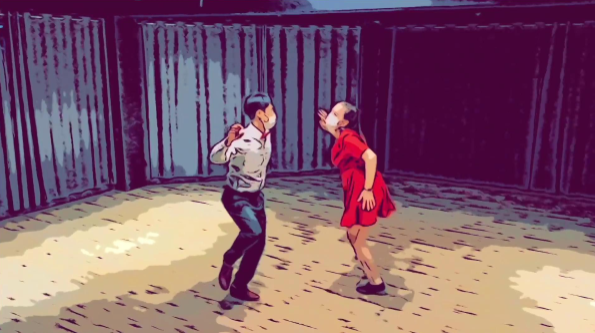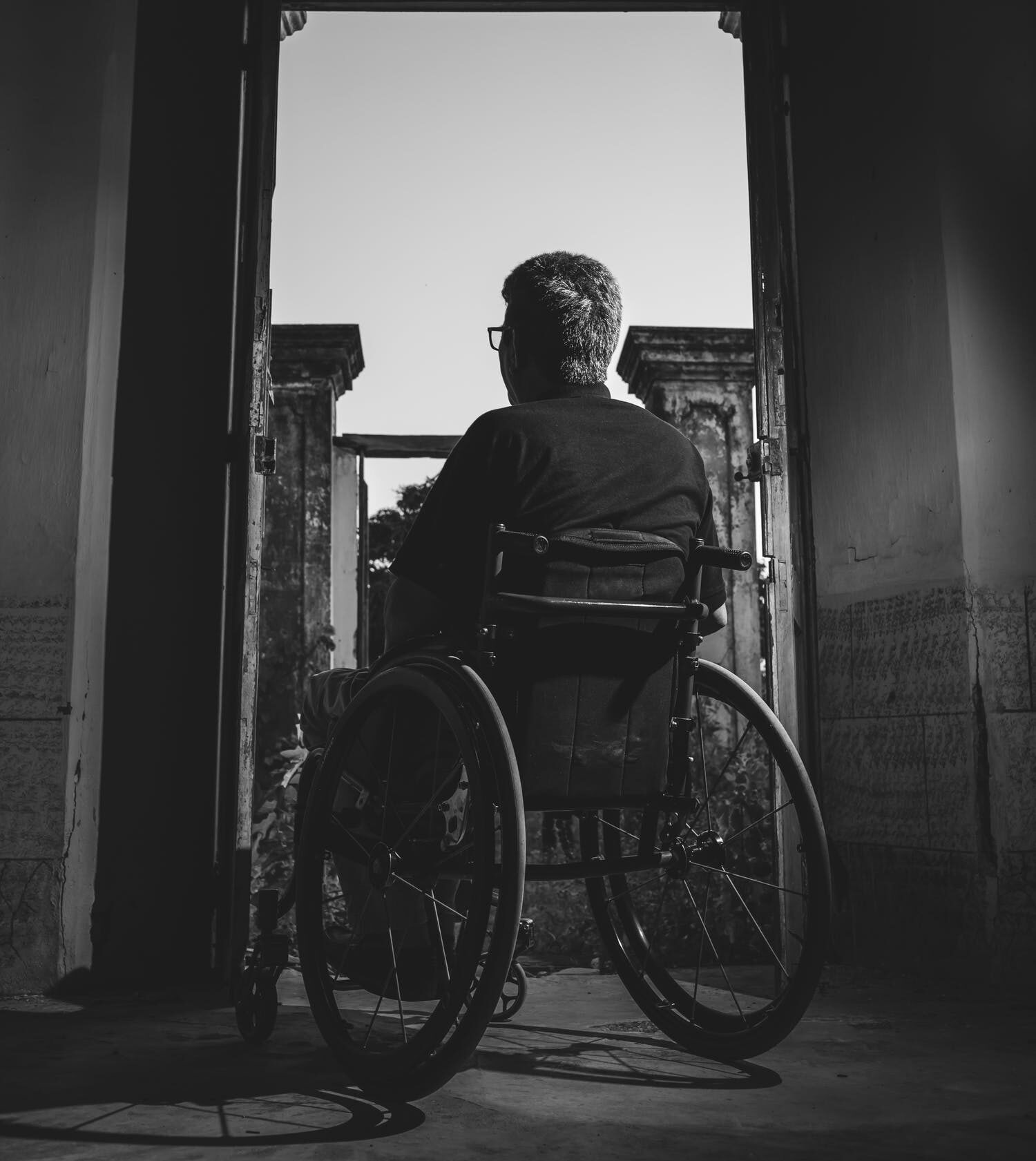Summer of 2022. My first summer in Korea. What started as a random Instagram ad, became a precious experience in a remote countryside island.
During August 2022 I volunteered with International Work Camp (IWO) in Soando, Korea; a volunteer program that brings together locals and foreigners (whether tourists or foreign residents) to engage in social and cultural projects together.These work camps exist all around the world and involve different activities such as nature conservation, infrastructure renovation, cultural programs, programs with elders, and so much more. They are usually conducted with English as the main language so international students in Korea (or even tourists) can also join and interact with locals.
Where did I go?
Soando, located in Wando-gun, is one out of the 265 island group in the south of the Korean Peninsula. The island I had the privilege to explore had an important role in Korea’s history. A fierce anti-Japanese movement was carried out there during the Japanese invasion back in 1920, allowing some of the locals to refer to their home as the “Land of Liberty”. The island is beautiful and the kindness of the locals towards the volunteers made adapting easy.
What did I do?
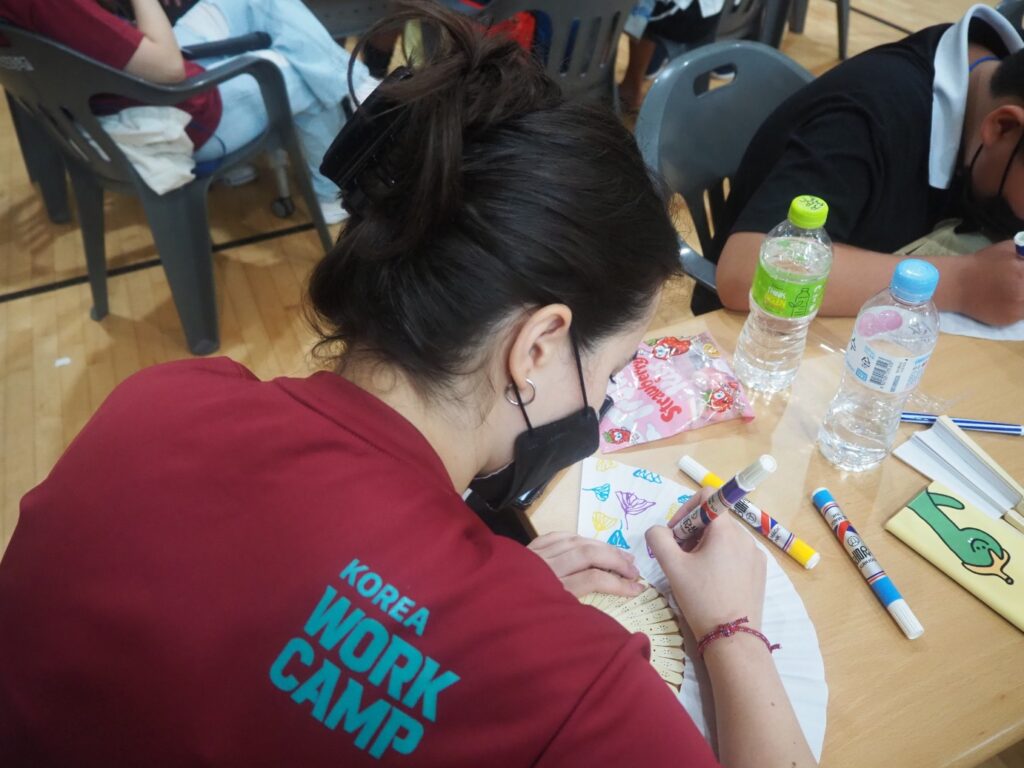
Picture of Rocio during the Chinese culture workshop. Taken by another volunteer. Source: Rocío Beteta Chinchón.
Our mission in Soando was to introduce and expose Korean children to other cultures. For that, the volunteer group I belonged to was formed by multiple nationalities: half of them Korean, Chinese, Russian, Mexican, Spanish and Vietnamese. Our curriculum consisted of culture classes, traditional games as well as practicing the common language: English! The camp was divided in blocks so it could dedicate each country a day for itself. Each country member decided what topics they wanted to focus the lecture on, what games to play and what activities to do. For example, the Russian volunteer focused on general knowledge of the country and painting Matrioskas (Russian wooden dolls); the volunteer from México decided to concentrate on the general culture and food, and shared candies brought from their country; whilst I, representing Spain, introduced Spanish multiculturality and history through a dance lecture. After my lecture the kids, volunteers and even some teachers learned traditional dances, wore a Mantón (Spanish traditional clothing) and later on played a traditional game that had everyone screaming Spanish words such as “casa” (home) or “rápido” (fast). The children seemed to greatly enjoy the camp, and I believe that due to the intercultural workshops, they left with more knowledge of the international community.
Those almost six days will remain in my memories as one of the most valuable experiences of my life. It is true the language barrier was one of the biggest challenges other foreigners and I – who do not speak Korean fluently – had to overcome. But the friendships and teamwork we built during said time run deep. Exploring the island’s sights gave me a better understanding of its history and the environment in which the camp’s participants were growing up. All this made me realize that even if our workshops were complementary to the formal education they received, what we could show the children was limited due to lack of time and resources; and the real job should be continued by the school. These types of programs are necessary in schools all around the world as they can provide much more valuable lessons than any book or classroom setting can.
Wrong assumptions.
I initially mistakenly thought of Soando as an impoverished rural site of Korea. The island group that Soando belongs to has the highest fisheries production in clean waters of Korea, with Wando-gu being announced as “the Capital of Clean Sea of Korea ” in 2015. Therefore, most of the families’ income heavily relies on seaweed and shellfish production, which fed my misconception. In reality, this rural middle school had better facilities, technology and resources than any of the schools in my city in the south of Madrid, Spain’s capital. The facilities, the level of education of the staff, the technology the children had at home, the amazing air quality and the overall situation of the island made me wonder if it could truly be considered remote or rural by the usual standard. Besides the fact that the island is still a rural area geographically, mostly surrounded by nature and whose architecture is based on Hanok houses, the newest generation of islanders had nothing to envy from their counterparts in the mainland and Korean cities.
It is true the situation took me by surprise. With the knowledge I had of rural areas in Spain where the population is aged and barely any children are seen, Soando proved to be different in every aspect. After seeing all the advanced facilities and material wealth, we assumed the students would be already well versed in other cultures. However, the children were unable to pinpoint Spain on a map, did not know where Mexico was or the language spoken there, and they did not seem to have heard much about Russian culture before. The children’s ages ranged from nine to fourteen so the lack of interest is understandable, as is the curiosity or knowledge in some other areas. However, in Spanish middle schools’ curriculum, geography is vital. The amount of nights I cried on the kitchen table trying to memorize the world’s capitals, rivers and mountains…
Why partial globalization?
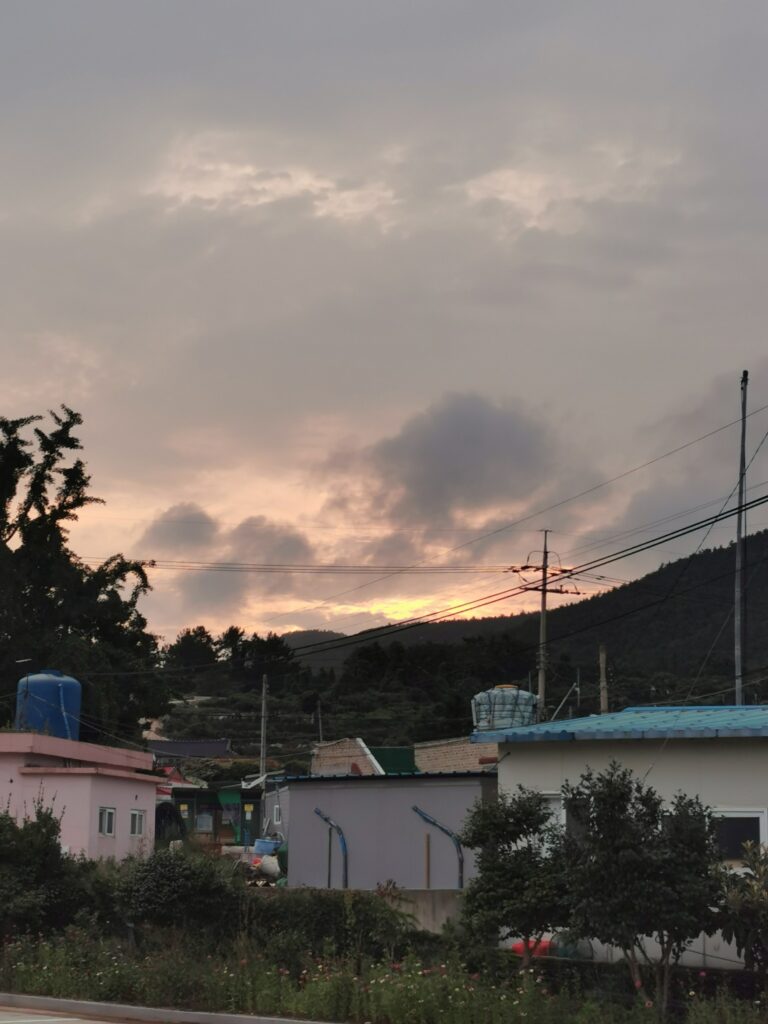
Source: Rocío Beteta Chinchón.
My intent is not to criticize their academic program but to wonder why it is like this. The students knew very well about Japan, China and the United States. Unlike what was expected, they did not have much clue about other Asian countries besides knowing of their existence and only the closest ones to the Korean peninsula. One thing is for sure: they did know the names of all their favorite football players. When introducing my home country, I had to pause to mention that Cristiano Ronaldo is Portuguese, from a neighboring country to Spain, and that he used to play for Real Madrid (they knew this as their abc’s) which is my city’s football team. After saying this, all volunteers realized that if we wanted to explain anything that involved geography or other cultures we should just say “the home country of”, “in this team plays” or something along these lines followed by the name of a top male footballer.
But the opposite occurred when talking about the USA. From saying they want to visit specific cities, study or move there once they grow up; these students knew almost as much as we did about the north-american country. It is to be expected after the huge presence the USA has in the peninsula due to their military agreements. Nonetheless, it left a stingy feeling inside of me that made me wonder: how can I bring my culture closer to these children? How can I show the entire Korea my country’s culture? It might sound ambitious or ridiculous to some, but standing there explaining to thirty children about your country solely based on male football players did not leave a good feeling within me. Nevertheless, the children were amazing and very enthusiastic so it was easier to show them more about the world.
Thinking about it, the children’s profound knowledge of the country in North America is to be expected after the long years of shared history between the US and Korea. The United States army was fundamental during the active years of the Korean War, 1950-1953; and has kept its presence in the south to stabilize the Korean Peninsula after the division of the country. This facilitated the exposure of Koreans to western culture as there are multiple military bases throughout the country, which promoted the “creation” of neighborhoods known as the “foreigner’s neighborhood” such as Itaewon in Seoul. This exposure is comparably bigger than the one locals could have to other cultures. It all leads at the end to not only hard power but also soft power influence. Since U.S. culture was expanding through the peninsula, not only with the presence of the army but also their families, restaurants and businesses, soft power played a key role in enhancing the locals’ knowledge. The cinema has also contributed to this massive exposure, especially through the idealistic “American Dream” and its portrayal in U.S. popular culture.
Conclusion
As mentioned before, I will take this experience as one of my core memories. I will try applying to future work camps and I would suggest doing the same in any country of your preference. This experience led me to the realization that I have to take a more active role in promoting my country in Korea and make it approachable to everyone. Not all families can benefit from free multicultural programs such as this one. It is us, the “aliens”, as our residency card calls us, the ones responsible for the promotion of our own culture as well as the acceptance of others. No matter your age or your phase in life, it is never late to work with others to connect and foment international cooperation. At the end of the camp, the students understood the importance of compassion and understanding when dealing with cultural issues; the huge role empathy takes in communication and team work; and how, regardless of where we come from, we are all equal.

Rocío Beteta Chinchón is Spanish and is double majoring in “International Security and Foreign Policy” and “Global Strategy and Management” at Yonsei Graduate School of International Studies. What started as a passion for legal TV shows, took her to Law School, later on to her first master degree in Mediation and Conflict Resolution and currently, Yonsei. In her free time she enjoys volunteering and reading about more casual topics such as music, fantasy, history or psychology.
- “I Love My Body”: Hwasa and Female Empowerment in K-Pop and Korean Society - May 6, 2025
- English Fever in South Korea - February 24, 2025
- South Korea’s Medical School Expansion – Cure Worse than the Disease? - October 20, 2024

